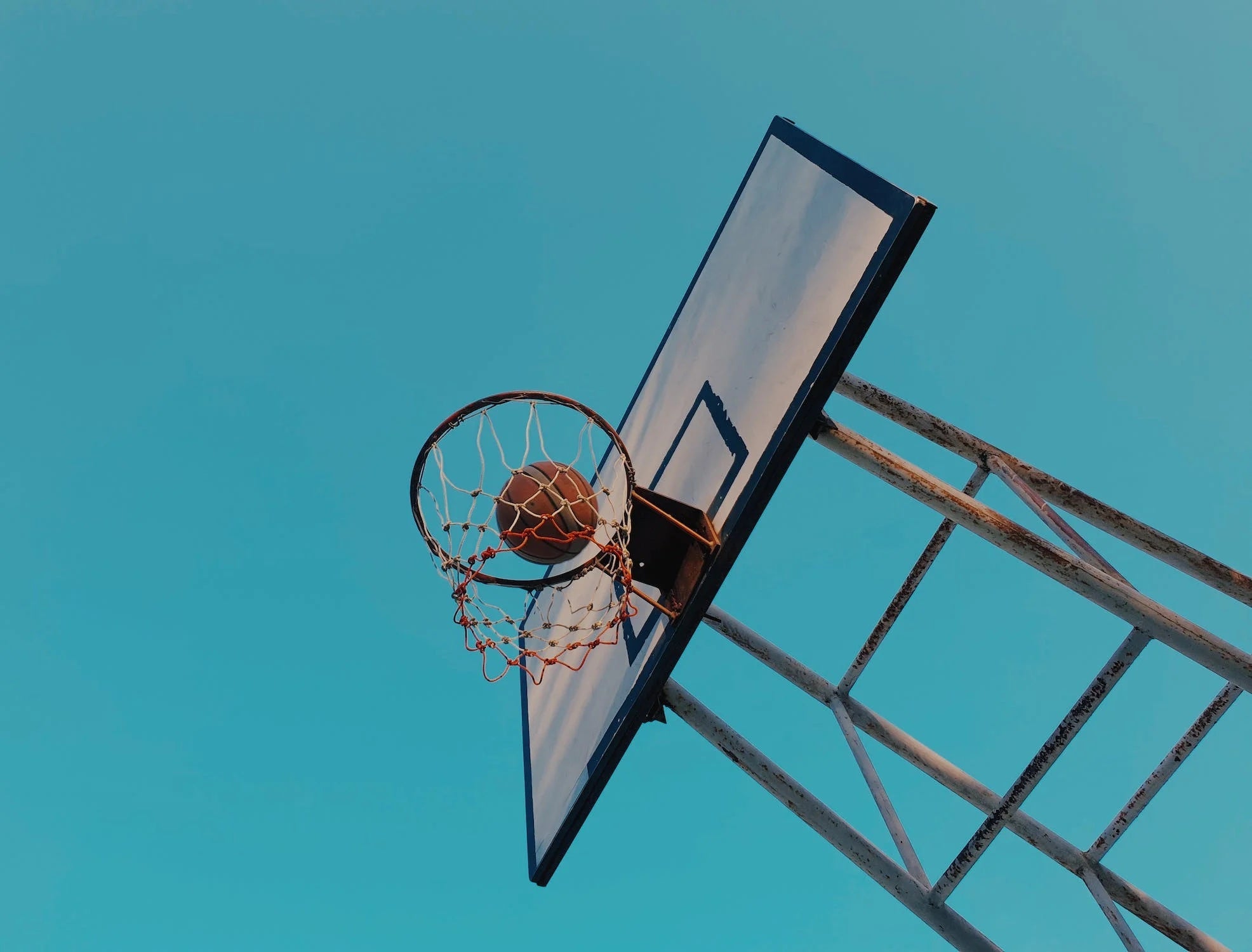Insert shots are the often overlooked maestros of filmmaking, utilized in many feature films, documentaries, and ad campaigns. Getting the most out of your insert shots is an art form that can be hard to master. Let's discuss this complex subject further by exploring it in this article!
What is an Insert Shot?
Insert shots, which draw the viewer's attention to a particular element of the scene, are commonly shot from a character's perspective - as if we were looking through their eyes at that moment. While insert shots can be written into screenplays, they're typically directed by 2nd unit or done during pickups to fill any gaps left in post-production editing. Close-up and extreme close-up images are often used for these shots so viewers can see text or even small details intended to focus on.
Insert shots, which draw the viewer's attention to a particular element of the scene, are commonly shot from a character's perspective - as if we were looking through their eyes at that moment.
Insert shots, often called cutaway shots, are employed in film production to enhance visual storytelling. When used strategically, they can provide valuable contextual clues that help convey the narrative — close-up angles of newspapers and weapons or short articles like door handles. Unfortunately for filmmakers, though, these cuts require a lot of extra attention to detail; if not done with precision, the continuity between shots will suffer due to misalignment or incorrect lighting conditions.
Related article: Close up Photography: How to Take Stellar Close-Up Shots
By contrast, insert shots vary considerably in their style and techniques. The only requirement is to be "inserted" into a scene to add greater thematic coherence. Therefore, almost any shot can become an insert shot if it provides clarity and context.
Cutaways & Inserts – How Are They Different?
While "proof" and "evidence" are often used interchangeably, some suggest they have distinct characteristics. Let us take a closer look at the differences between these two words.
Cutaway:
An interview can be long and tedious, but you can inject life into your film by utilizing cutaways. Showing what the person interviewed is passionate about- such as plants, animals, or landscapes - presents an engaging visual element that will make it easier for audiences to appreciate every word they say. You may also incorporate maps, animations, and instruments during their discourse to create further interest in this captivating footage.
Related article: Best Lenses for Filming Professional Interviews
Insert:
Insert shots, like medium shots or close-ups of a scientist in the lab pipetting liquid into vials, offer additional context and insight to viewers by providing details that are not visible from the primary film. With an insert shot added to the main footage, videos can become even more captivating as it brings new perspectives and emphasizes elements specified in each scene.
Related article: What is Emphasis in Photography
Taking the extra time to plan for cutaways and insert shots while filming can be immensely beneficial. By capturing "b-roll" material, the camera person will have a more incredible selection of footage when editing - making it well worth any additional effort spent during production.
What Is the Purpose of Insert Shots?
Visual storytelling demands the audience's attention and focuses on minor details. Captivating close-up shots are employed frequently to engage viewers deeply as long as you adhere to compositional guidelines.
Related article: Close up Photography: How to Take Stellar Close-Up Shots
Why are Insert Shots Important?
It's simple to comprehend why insert shots may need to be addressed. As a result, filmmakers must take that extra step and ensure they are capturing ample scene coverage; these clips are just as indispensable as any other shot in the film.
How To Shoot Insert Shots?
When shooting insert shots, treat them similarly to any other close-up shot. As previously discussed, inserts usually concentrate on tiny details and precisely emphasize those particulars, implying that inserts tend toward flat compositions when taking photos with long lenses.
Moreover, insert shots are mostly still images taken with macro lenses - hence they may appear more straightforward in principle than different types of shots.
After all, insert shots are more than just a tool to transfer information. They allow you to experiment with various lighting approaches, incorporate slight motion for cinematic effects, and find unique ways to disrupt the audience's outlook by giving more or less data than anticipated. It's an exciting way of artistically presenting essential details.
In a nutshell: ALWAYS GET INSERTS.
Related article: How to Make Cinematic Video - 7 Pro Tips
Related article: Close up Photography: How to Take Stellar Close-Up Shots
Related article: What Does a Director of Photography Do?
Related article: What is Emphasis in Photography
Related article: Photography Composition Techniques












